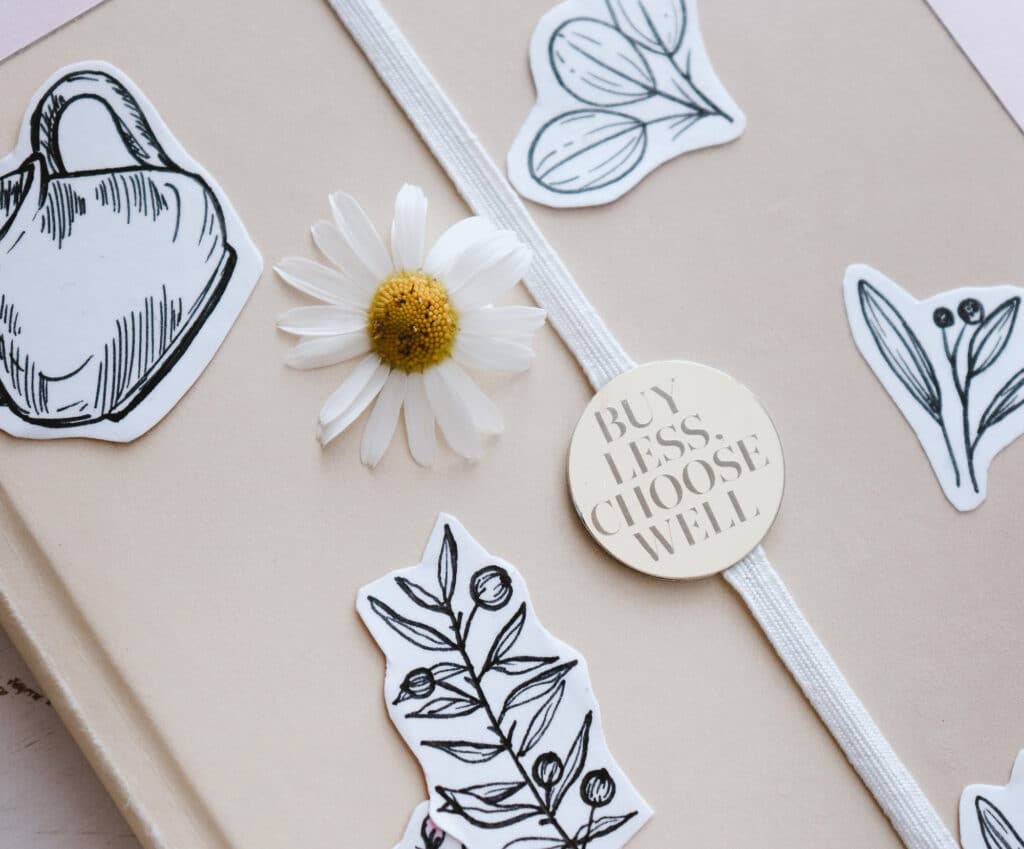To meet the Sustainable Development Goals (SDGs), cities and citizens around the world have to commit to the 17 tasks set out in the 2030 Agenda. Goal 12 is about optimizing and spreading sustainable production and responsible consumption, and is one of the most closely related goals to the textile industry.
According to the 2030 Agenda, “sustainable consumption and production is about promoting the efficient use of resources and energy, building sustainable infrastructure, improving access to basic services and creating green and decent jobs. All this translates into a better quality of life for all (…), reducing future economic, environmental and social costs, increasing economic competitiveness and reducing poverty”. (Source: https://agenda2030lac.org/).
All of the above assumes that responsible consumption obeys to a choice of products and/or services based on several aspects:
- Quality and price of products.
- Environmental and social footprint of their manufacture.
- Philosophy of the producing companies.
We are all responsible for our consumption and the social and environmental impact of the production of what we consume. Awareness of this is essential for the achievement of the sustainable objectives of the 2030 Agenda.
Characteristics of responsible consumption
Responsible consumption is defined as:
- Conscious: the consumer’s own choice is put before advertising pressure or trends.
- Ethical: it pursues values such as responsibility and respect for both the environment and the people involved in the manufacture of products.
- Ecological: it rejects the waste of natural resources.
- Critical: it involves the investigation of the social and ecological conditions in which the product has been manufactured.
- Sustainable: consumerism and waste are eliminated, thus improving the planet’s living conditions and environmental balance.
- Solidarity: with the countries most affected by irresponsible consumption and also with future generations.
- Fair: it is based on the principles of non-discrimination and non-exploitation.
- Healthy: it promotes a balanced and respectful lifestyle.
In addition to all of the above, this type of consumption can also turn out to be a social movement: consumers can transform a simple act of consumption into an act of generosity and solidarity with the environment and with other people. In this way, we will move towards a radical change in the production and consumption system of our society.
Although the public authorities enact laws to make the economy more sustainable, supportive and respectful of the environment and people, it is in fact individuals who make the difference by choosing a responsible way of consuming and helping to spread this model in their immediate environment, in order to achieve its definitive expansion.
Types of consumption in modern society
The types of consumption in today’s society are mostly:
- Suggested consumption: based on advertising or information gathered about the product. Fashion is very sensitive to this type of consumption.
- Rational consumption: based on the characteristics of the product.
- Experiential consumption: based on the experience and emotions associated with the product. Again, fashion relies heavily on this type of consumption as well.
- Impulsive/compulsive consumption: based on the perceived urgency and need created mostly by product advertising.
- Indifferent consumption: based on the price and functionality of the product.
In recent years, responsible consumption has been added to these types of consumption. It is becoming more and more widely known and supported by consumers.
Fashion and responsible consumption
At first sight, it seems that fashion is the exact opposite of responsible consumption. And yet, in our society, in spite of the history of modern fashion, a force for change is now turning the fashion industry upside down. Slowly but surely, ethical fashion is making its way to the top of the biggest trends around the world. And why is that?
It is estimated that about 100,000 garments are consumed each year in the world. Importantly, this figure is five times what it was 20 years ago. This is largely due to overconsumption and unsustainable shopping habits cultivated by Fast Fashion (Source: Consumoteca.com).
Fashion consumers are more and more conscious of the industry’s responsibility towards environmental and human impact. Fashion companies and brands must therefore offer a sustainable, responsible and ethical alternative to today’s fashion consumer.
Principles of the responsible consumer
The responsible consumer is the one who in their way of consuming fashion (or any product or service) will try to comply with as many of the following premises as possible:
- Buy good-quality products.
- Be informed about their origin and manufacture.
- Adjust consumption.
- Respect the environment (recycling, organic farming…).
- Report bad commercial practices that cause poverty and pollution.
- Support small local businesses.
To become a responsible consumer, here are some tips to contribute to sustainable fashion:
- Buy fewer but higher quality garments.
- Buy second-hand clothes or exchange clothes.
- Try sustainable fashion brands.
- Prioritize local brands.
- Recycle, reuse, repair clothes.
- Join ethical fashion initiatives such as Who Made My Clothes.
- Incorporate into your daily life an essential habit of responsible consumption: read the garment label, the best exercise as a conscious consumer.
Evlox for responsible consumption
At Evlox, we have joined the movement for responsible consumption, adopting measures such as the following:
- Production with local raw materials: Spanish cotton.
- Energy saving and commitment to renewable and clean energies such as solar energy.
- Ecological certifications.
- Circularity principles throughout the production chain, from waste and pollution reduction to the recycling of raw materials.
- Sustainable collection: 100% of our current collection is sustainable.
To learn more about our commitment to sustainability, visit our website and keep reading our blog, where we will continue to talk about sustainable fashion.

